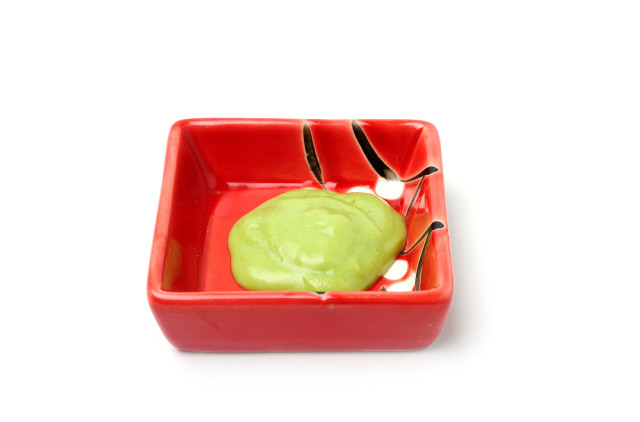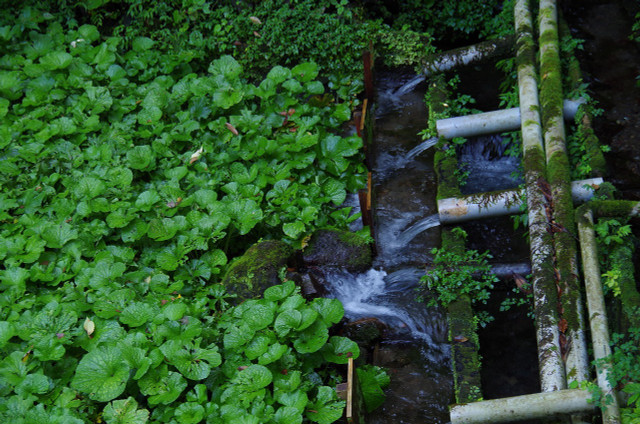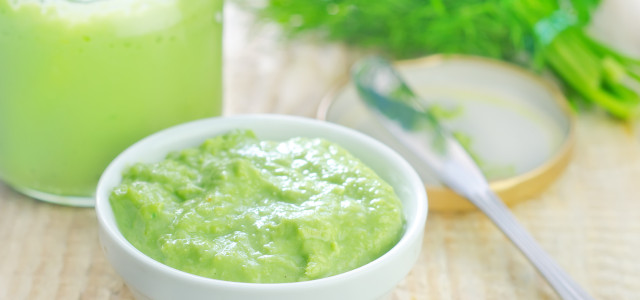Wasabi mayo is a tangy and spicy twist on sometimes too-simple mayo. This recipe offers vegan ingredients so you don't have to feel guilty about consuming animal products, and it's a healthier alternative.
Wasabi, or Japanese horseradish, is a root vegetable in the same family as horseradish and mustard with similar hot and sharp flavors that will turn on your senses.
This vegan wasabi mayo can be made with either wasabi powder, wasabi paste, or fresh grated horseradish (our recommendation, especially if you can find local horseradish).
Keep reading to find out how to make this simple vegan wasabi mayo.
Wasabi Mayo: Quick and Vegan Recipe

(Foto: Colourbox.de)
Ingredients:
- ½ cup unsweetened soy milk (room temperature)
- 2 teaspoon white wine vinegar
- 1 cup olive oil or other neutral vegetable oil
- 1 teaspoon wasabi powder or paste or 2 teaspoons fresh horseradish, grated (and more if you want to turn up the heat)
- ½ teaspoon salt
- 1 garlic clove, minced
- ¼ teaspoon of maple syrup
Instructions:
- With a food processor or blender, blitz all ingredients together until the mayonnaise emulsifies.
- Once most of the mayonnaise has been emulsified, use a spatula to push down oil or other ingredients stuck to the side of the blender or food processor.
- Test mayo and add more salt or wasabi/horseradish if desired.
- You may want to either thin with more soy milk or thicken with more oil. Keep in mind that the mayonnaise will thicken in the fridge if not using it immediately.
Use wasabi mayonnaise immediately or store in the fridge to chill.
Leftovers can be stored in an airtight container for 5-7 days.
Use this wasabi mayo on salads, with fried tofu, as a sauce for veggies, or add it to your sandwiches.
What About Organic Wasabi?



(Foto: CC0 / Pixabay / Ryzen5)
Many ‘wasabi’ pastes and other wasabi-based products are not actually made with wasabi. While wasabi paste is well known as an accompaniment to sushi, this paste is often made from horseradish and food coloring to mimic the Japanese horseradish.
Because growing wasabi plants is difficult, it is not suitable for large-scale cultivation. The plant’s sensitive temperament makes wasabi one of the most difficult plants to cultivate. But horseradish, which is much easier to grow, can pass as a close substitute for the characteristic flavor of wasabi in many sauces, condiments, and other foods.
Additionally, fresh local horseradish can be found if you’re lucky enough to live in an area with a lively agricultural scene. Check your local farmer’s markets, co-ops, organic markets, and other sources to see if you can source horseradish locally and try to use it in this vegan wasabi mayo recipe.
There are not many organic brands of wasabi, but there are alternatives that use horseradish and mustard as a base and still achieve the characteristic Japanese wasabi flavor ( for example, check Biona Organic Wasabi Style Horseradish Paste on Amazon**).
Read More:
- Growing Ginger: How to Grow Ginger at Home
- Wild Garlic: Where to Find It, When to Harvest It, and How to Use It
- Vegan Fish Sauce: The No-Fish Sauce You Can Make at Home
Do you like this post?






